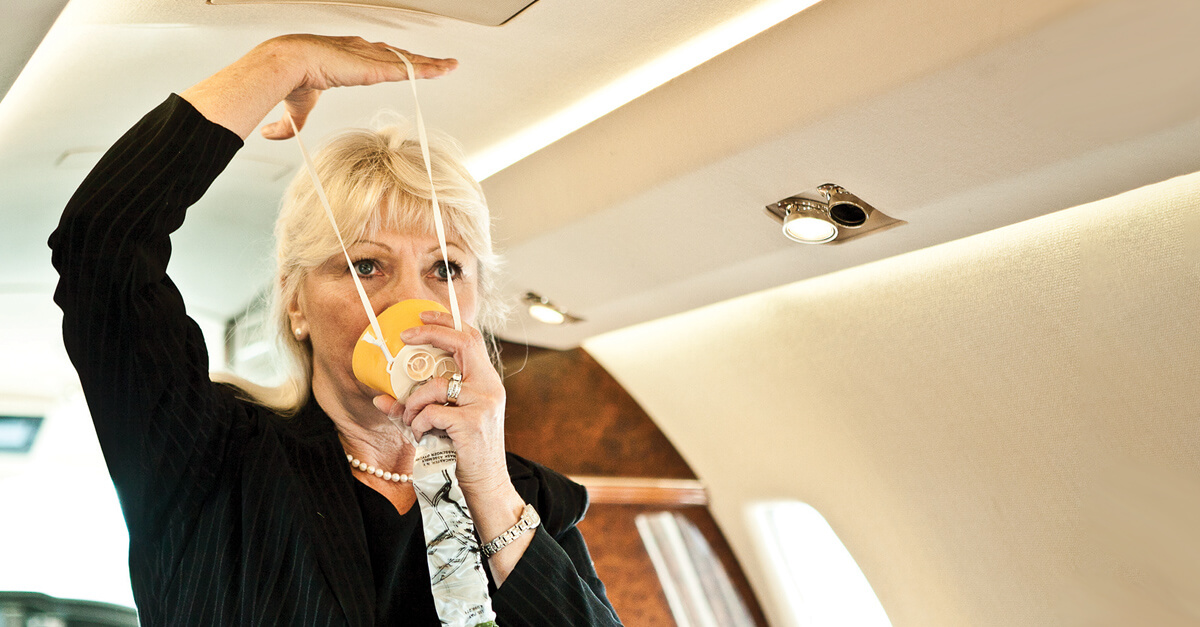

Feb. 17, 2020
The job of providing cabin safety and service for business aircraft passengers is the same whether a flight attendant is a company employee or an independent contractor. But contract flight attendants (CFAs) need to handle a host of administrative and training responsibilities themselves since they are self-employed. Also, as small business entities, they must understand tax requirements, marketing and networking in order to be successful.
NBAA Flight Attendant Committee members Lesley Revuelto and Karen Hall offered a number of tips for CFAs.
“As an independent contractor, it is vital to keep accurate records of your expenditures, income and vendors,” said Revuelto. “Two of the best tools I use are CamScanner to create PDF documents of receipts and Invoice2Go to create invoices/expense reports and track payments.”
“It’s imperative to keep detailed files pertaining to each different airplane and company,” added Hall, “as they all have different expense-reporting forms and payment schedules. So a CFA needs to scan and keep receipts, typically for six months. Using a good scanning app like Turboscan is helpful.”
Another important element of being a CFA is training. Revuelto said that emer-gency evacuation and procedures training should be mandatory for any CFA.
“It is typically up to the contractor to fund their own initial and recurrent training, although some agencies have negotiated discounts,” Hall explained.
“Know the difference between training required for best employment opportunities and training that is considered an ‘enhancement.’ Unless you have certain fundamental components, you will have a difficult time finding employment.”
“More companies are requiring that their contractors are current with their training,” added Hall. “I budget for it each year. In some circumstances, if you are a regular contractor on an account, they may assist with the cost of your training or cover it entirely.”
While the primary purpose for being a cabin crewmember is safety, Revuelto says about 95% of her job is inflight service. She has built a repertoire of recipes that she is comfortable preparing, with menu plans for breakfast, lunch, dinner and a snack.
“Prepare those recipes at home and practice your plating for your family,” suggested Revuelto. “Menu templates displayed on an iPad or on the aircraft monitor adds a personal touch to each flight. The website, Canva, has helped me make my pre-departure displays special for each flight.”
The creation of passenger profiles also is critical to providing the best inflight service, Hall said. A CFA needs to know what each account expects their contractors to provide. In addition, planning for contingencies is an important part of a CFA’s prep work.
To learn about different types of aircraft, both Hall and Revuelto attend NBAA events. While training organizations can describe the doors, emergency exits and equipment of various aircraft, Hall noted that the best way to learn the airplanes is to see them in person.
Finally, contractors need to put their best foot forward when marketing themselves. First impressions mean everything. A CFA should be attentive to their appearance and demeanor and be engaging to everyone they meet, said Revuelto.


 International Business Aviation Council Ltd.
International Business Aviation Council Ltd.